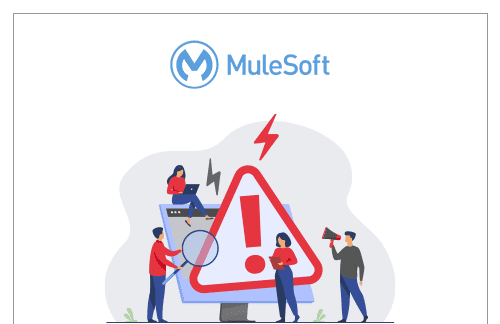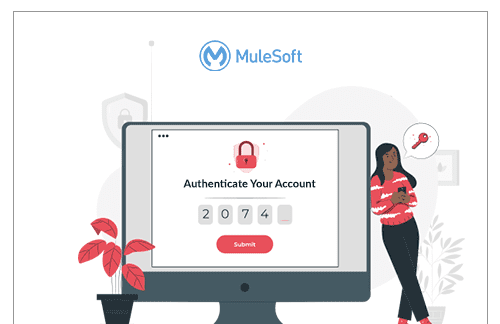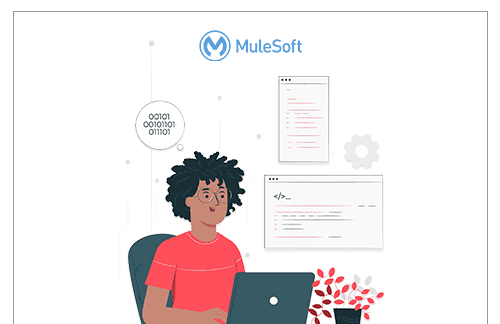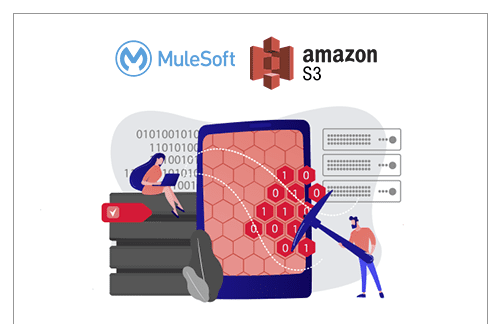What is Error Handling and why do we need it? Error Handling is the mechanism wherein the errors are controlled, and some flow is executed when Error occurs in the Mule Flow. If there is no error handling written at any of the levels, the Mule Default Error Handler is used, which stops the Flow and logs the console’s exception. If there… Continue reading Error Handling in Mule 4
Category: MuleSoft Technical Guides
Guides for MuleSoft Developers.
Basic Authentication in Mule 4
Basic Authentication is an authentication system built into the HTTP protocol. The request is sent with an Authorization header whose value is a Base64 encoded string of username and password combination. It is a primary authentication mechanism. If the Authentication fails, the server responds with a 401 (Unauthorized) status code. Process for Applying Basic Authentication… Continue reading Basic Authentication in Mule 4
Start and Stop Flow At Runtime
Sometimes the requirement is to manage the flow state at runtime, say the service being called is down, and stop the flow to avoid the unnecessary processing. This can be achieved in Mule via two methods mainly: Using Groovy Script Using Anypoint Runtime Manager (ARM) Service (Only for On-Prem or Hybrid APIs) Using Groovy Script… Continue reading Start and Stop Flow At Runtime
Push CloudHub logs to Amazon S3
Logging is a powerful aid for understanding and debugging programs run-time behaviour. Logs capture and persist essential data and make it available for analysis at any point in time. When apps are deployed on CloudHub, logging is taken care of by Mulesoft itself. Application logs are kept for 30 days or up to 100 MB… Continue reading Push CloudHub logs to Amazon S3



